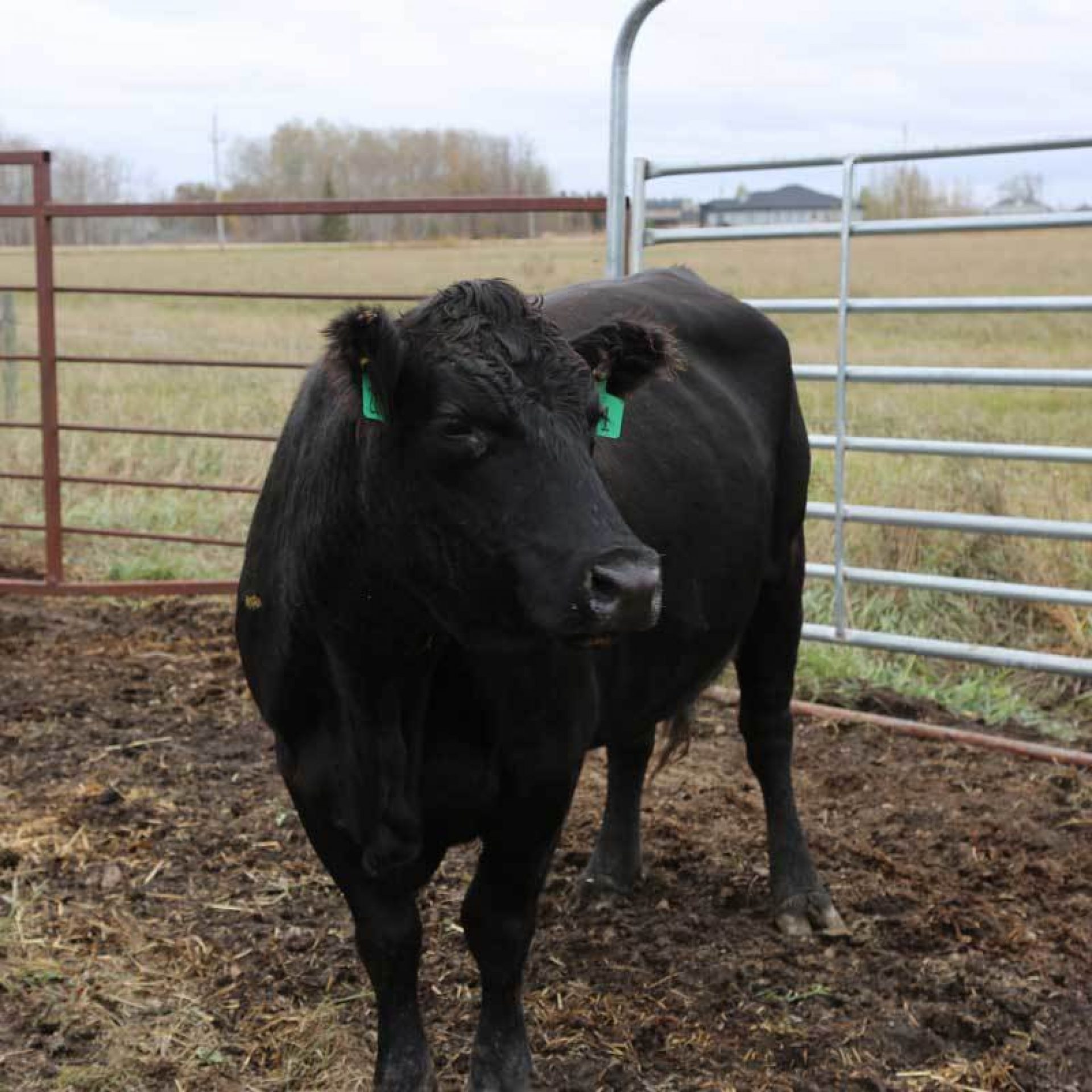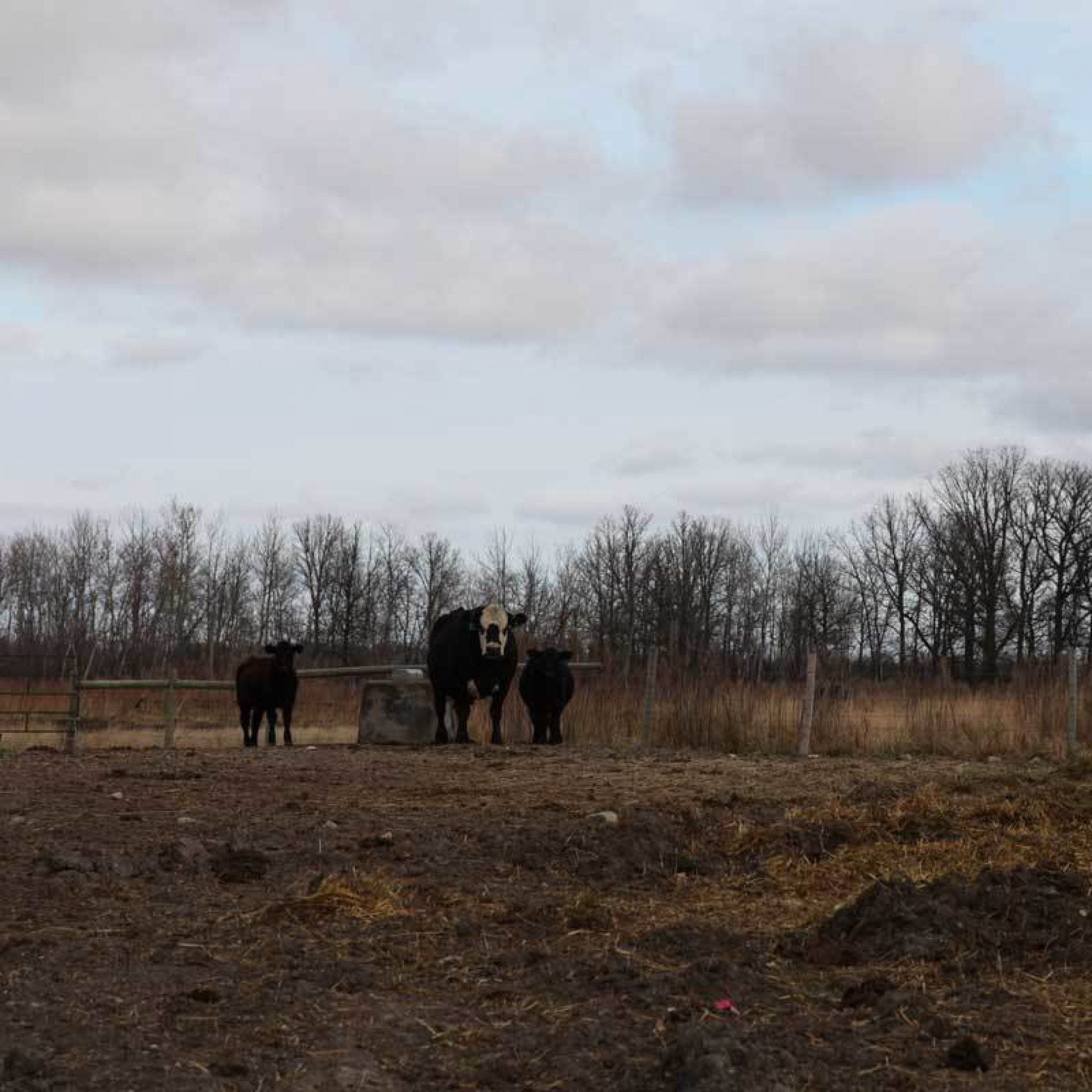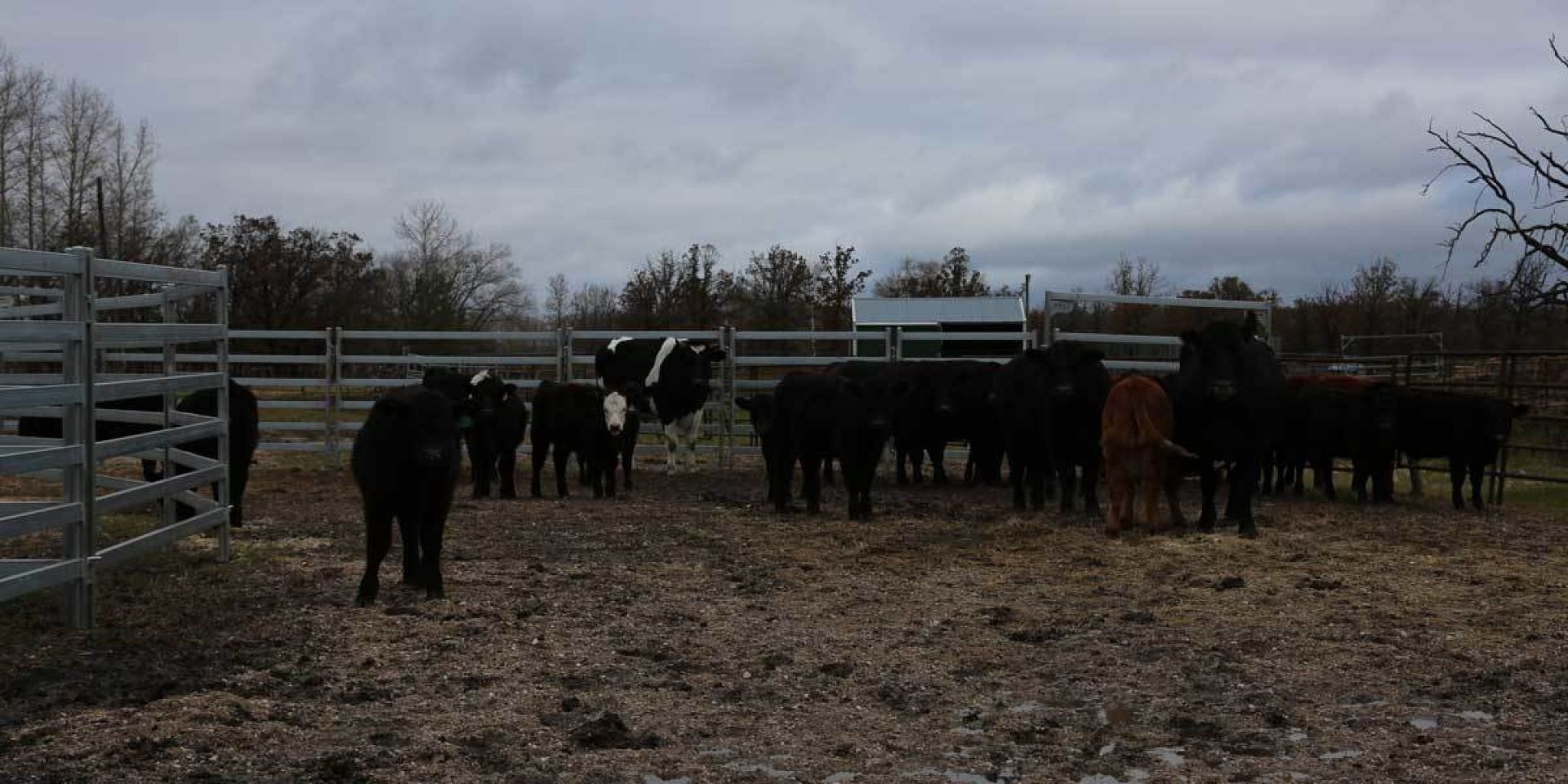“Oh, the native local weather exterior is frightful, nonetheless sadly for stockmen and women, the fireside is not going to be good until the roles on the cattle ranch are taken care of. Colder months will potential be arriving shortly, and listed beneath are some steps you almost certainly can take now to rearrange and make these frightful days considerably less complicated.
Chilly native local weather preparations fall into two lessons: cattle, and the ranch. Use these lists to get these jobs executed now and make the winter months further setting good, and fewer troublesome.
Getting ready your cattle for the winter
Getting ready cattle for the winter begins prolonged earlier than the conditions get shorter. Cattle preparation begins with a robust foundation in appropriately being and vitamin. Cattle that are healthful and sustaining an superior Physique State of affairs Score (BCS) are ready for the winter months. Listed beneath are some specific ideas to help put collectively your cattle.

- BCS your herd early. Late summer season season or early fall is the appropriate time for BCS, nonetheless it is certainly not too late. Put apart some time and BCS your herd, recording their scores for future reference. Cattle with a BCS of 5 or 6 will do greater contained within the winter months. Group cattle with a BCS of 4 individually, and work at rising their BCS to 5 or 6. Use this data from Virginia Cooperative Extension to make sure you may be exactly assessing BCS.
- Add feeders to pastures to strengthen fall grazing. Swap your feeders periodically to attenuate soil harm. If hay is ate up the underside, place it in a variety of locations day-to-day to boost the soil nice high quality with the uneaten hay.
- Beware that some forages are toxic to cattle after frost. Sudangrass is one occasion that needs to be averted for plenty of weeks after the first frost. Know what’s in your fields, and do your evaluation to cope with your livestock protected.
- Do a herd appropriately being confirm. Search the recommendation of your veterinarian for any fall vaccinations that are required. Winter lice, pneumonia, and hoof rot could also be elements in colder native local weather. Taking the required steps now can forestall them from coming into your herd.
Getting ready your ranch for the chilly
The ranch is the alternative half of the equation in getting ready for colder months. Stockmen and women spend prolonged hours on the ranch, and extreme native local weather may make this work extra sturdy. By getting ready your ranch for cold native local weather now you almost certainly can scale back the timeframe it is important to spend out contained within the chilly!
- Resolve windbreaks to your herd or groups of cattle. Guarantee satisfactory wind security is obtainable at each location. Restore or add windbreaks and shelters, as important, sustaining in ideas that cattle often need wooded areas to shelters for protection.
- Resolve and put collectively winter grazing fields. Cattle can graze by virtually a foot of snow, although supplemental feed will even be needed. Affirm fences in these fields and restore them earlier than the underside freezes!
- Take a look at your winter forages. Understanding the nutrient value of forages is essential, whether or not or not or not or not you produce your specific particular person or purchase forage from one completely completely different rancher. Work with an animal nutritionist or Cooperative Extension educator to stability the ration to your cattle, and add dietary dietary dietary dietary supplements the place needed.
- Maintain a present of further forage in case harmful native local weather strikes and feeding requirements improve.
- Create a water plan. Water is a vital nutrient for cattle. What water sources could very effectively be present in chilly months, and are there secondary water sources obtainable? How will freezing temperatures affect entry to water by cattle? Each animal will need between seven and twelve gallons per day. Cattle wish to drink hotter water, and may eat tons so much a lot much less whether or not or not or not it’s chilly. Contemplate stock tank heaters or hauling hotter water out to cattle to cope with their consumption up.
- Put collectively a winter calving location, if important. Winter calving is widespread in some geographic areas, and temperatures could also be problematic for youthful calves. Put collectively areas for cattle now by together with feeders, checking shelter, and fixing fences. Assure you is susceptible to be checking on cattle repeatedly, and have shelter prepared for pairs to cope with warmth as quickly as calves are born.
- Put collectively a spot contained within the barnor a pen dedicated to treatment for cattle which can need medical or dietary assist.
- Full fall repairs in your full gear, along with chutes, gates, and tractors. Make any important repairs now. Do you might want to use your chute contained within the winter, repeatedly work the chute, significantly the squeeze, tail gate, and head catch, plenty of events to warmth it up earlier to sending cattle in to ensure it is working appropriately earlier than allowing animals to enter the chute.
- Add lighting. Make it less complicated for you and your employees to get your work executed with tons so much a lot much less daylight by together with lighting to key areas, or spend cash on further flashlights and headlamps. Change the batteries on any present flashlights and headlamps.

Colder native local weather is coming, nonetheless it doesn’t have to be a frightful experience in your ranch. Preparation now will scale back added work and stress contained in the approaching months for handlers and cattle.
Did we miss any key steps to creating prepared your ranch for the winter months? Share your expertise contained within the concepts!
Simple strategies to cope with cattle contained within the winter months
References
Beef in Winter Decisions and Preparation
Physique State of affairs Scoring Beef Cows
Getting ready the Cow Herd for Chilly Native local weather
Some do’s and don’ts when treating cattle in chilly native local weather



